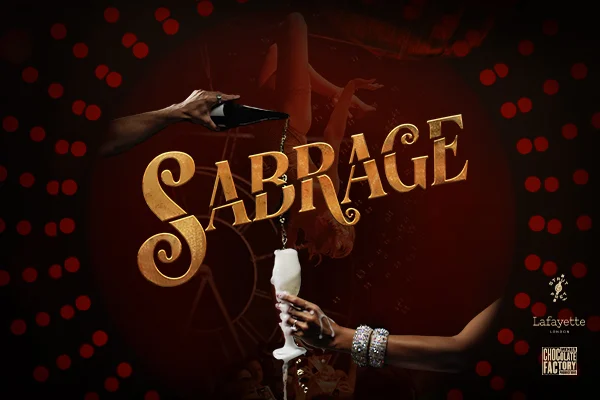Written and set in the nineteenth century, Strindberg’s best-known play is about an illicit affair between Miss Julie, the lady of the house, with her footman Jean. Things turn ugly as the pair realise how far they have put their respective social and occupational positions at risk by becoming involved with one another.
This twenty-first century adaptation of Miss Julie however, doesn’t quite work: The way in which the characters dress and speak suggests modern Britain, however, in Britain, today, we simply do not live in the kind of society where it is quite as believable that women are driven to suicide after sleeping with their footmen, nor that they would feel as punished for sleeping with said footmen, nor do they in the vast majority of cases have said footmen. This makes Miss Julie’s guilt, fear and insanity seem entirely self-induced and present from the beginning. Her vulnerability and her decision to kill herself seem more pathetic than tragic in a twenty-first century light. Similarly, even though the current economic climate is unfavourable and unemployment is soaring, it seems absurd for working-class footman Jean to tempt Miss Julie with suicide in order to distance himself from the situation and keep his job.
The stylisation of the production also doesn’t quite fit Strindberg’s decidedly naturalistic style.The loud outbursts of Drum and Bass music for example disrupted the action in a way that seemed sudden, unnecessary and garish. The lighting was also not done very subtly, with bright white light when the saintly Christine had the stage to herself, and with red light blaring for the murder of the green finch. The lighting seemed to be spelling out what the actors were doing when they were capable of portraying it themselves. The set and costumes were entirely white or red, and it was a nice idea for everything to start white and untainted, and then steadily be corrupted by red influences – Miss Julie’s dress, wine, bird blood – throughout. However, it wasn’t clear why Miss Julie was dressed in red and why Jean - surely the more immoral of the twain - was clad in all-white.
The last directorial decision that did not quite work out was the sex scene. Staging sex is always an ambitious and risky move, and a production should either fully go for it, or not go for it at all. In this production the fornication fell somewhere in-between, as the lighting went red and a loud grime song came onto the speakers suddenly and at full volume for the two cast members to writhe a bit on the table. This wasn’t helped by the script being cut to forty-five minutes, which made the build-up to the seduction seem somewhat insubstantial.
Despite all of this though, the show is worth seeing, and that is because of the acting. Kelly Costello’s Miss Julie was alternately dazed and intense, her eyes either staring in rage or glazing over as if in agony. Jean, played by Ben Burman, had all the innocent charm of a cockney lad in the first half, before becoming a thoroughly nasty piece of work in the latter half. He sneered at his mistress and hung his head in distress at her particularly romantic suggestions. Lauren Daynes-Hall as Christine was appropriately angelic and disgusted by the proceedings.
If their rendition of Miss Julie had tried to be either less ambitious or more thought through, the dramatic skills at work could have no doubt flourished further.

















